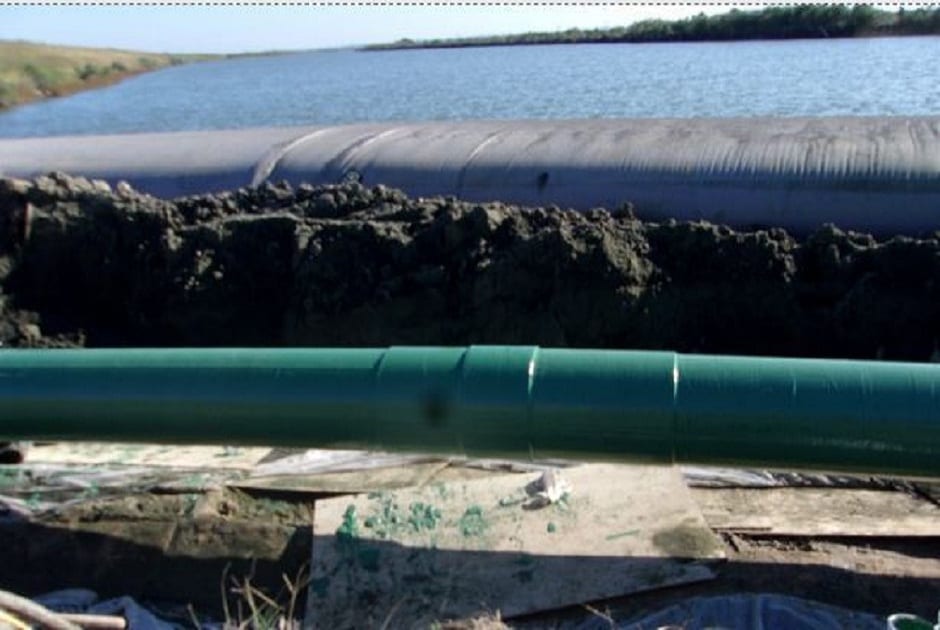What Is Pipeline Coating?
Pipeline coating is used as a cost-effective way to maintain the integrity of a line. Coatings are an excellent solution because they help to mitigate the risks of corrosion significantly.
What Happens If Coating Is Not Used? – Pipeline Exposure
When coatings are not used, especially in marine environments with seawater, the line will begin to corrode. When a pipeline corrodes, debris from the line starts to enter the liquid that is flowing through the line, and the line begins to leak. The upfront costs of a preventative corrosion measure are significantly less than the long-term effects of having to purify and clean the product and the spill.
Benefits of Pipeline Coating
In addition to cutting costs and reducing environmental impacts, there are a handful of other benefits associated with pipeline coating. Applying a coating can improve the flow of your line because coatings make for a smoother surface, which will enhance flow capacity. Numerous studies prove that coated lines make for a more efficient liquid flow than uncoated lines.
Using coating in a pipeline also cuts down on energy costs, especially at compressor and pump stations. If a pipe, compressor, or pump station is coated, then it will work more efficiently. As a result, the cost of compression will be cut significantly. Efficient compressors mean reduced maintenance costs.
If anything were to happen to the pipeline, coated lines would make it easier to perform maintenance. That is because equipment, like the tools used for robotic inspections, is more mobile when moving through a coated line.
Pipeline coating also increases the likelihood of a pipeline’s being approved and becoming operational. Other methods that mitigate the risk of pipeline exposure can take longer to establish themselves. Because pipeline coating dries quickly, commissioning the line is easier. The sooner a pipe is operational, the sooner companies can begin making money.


